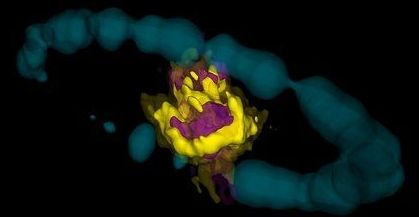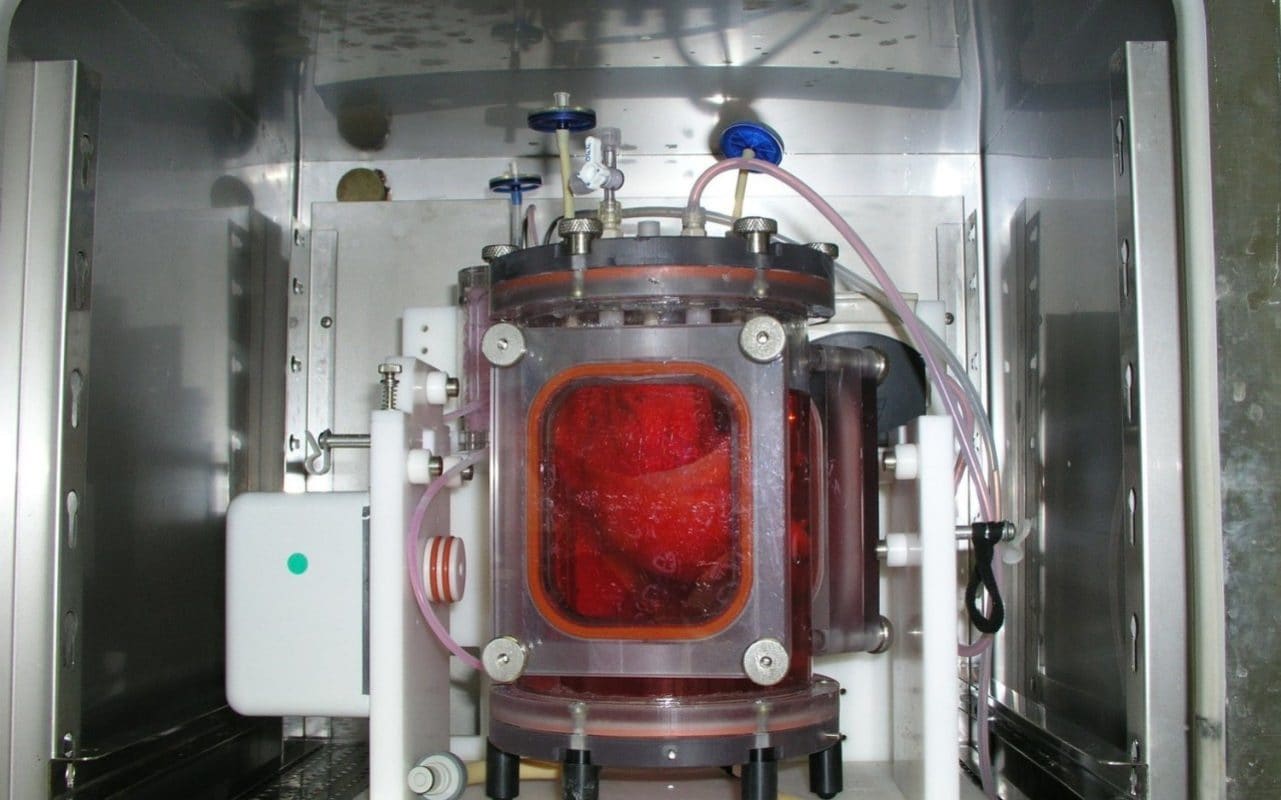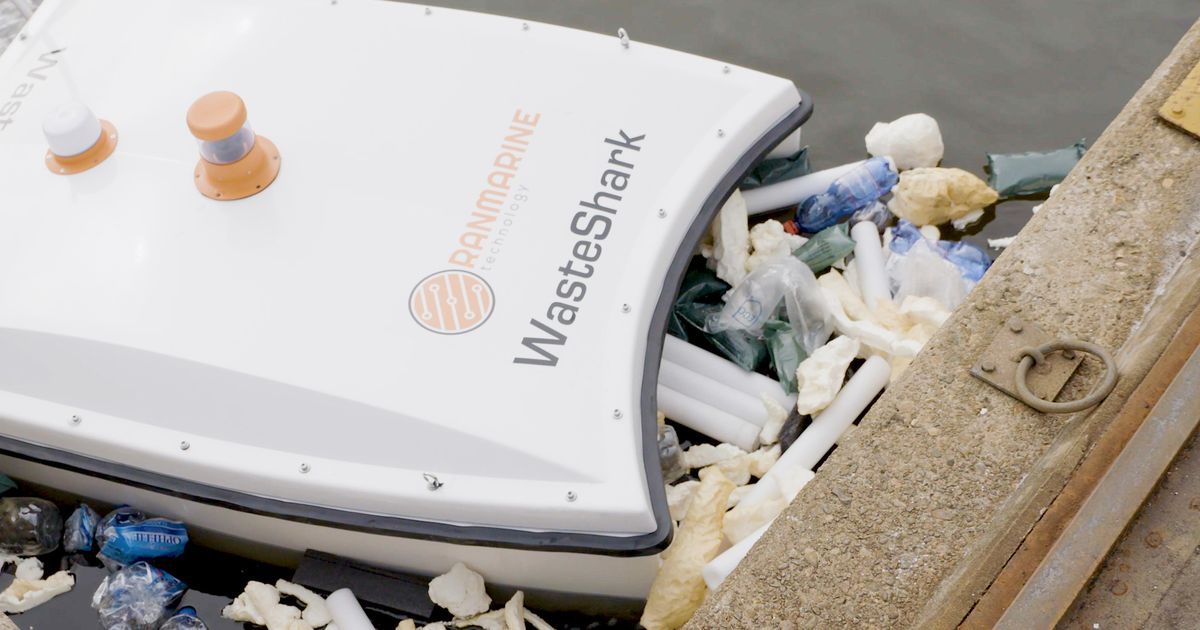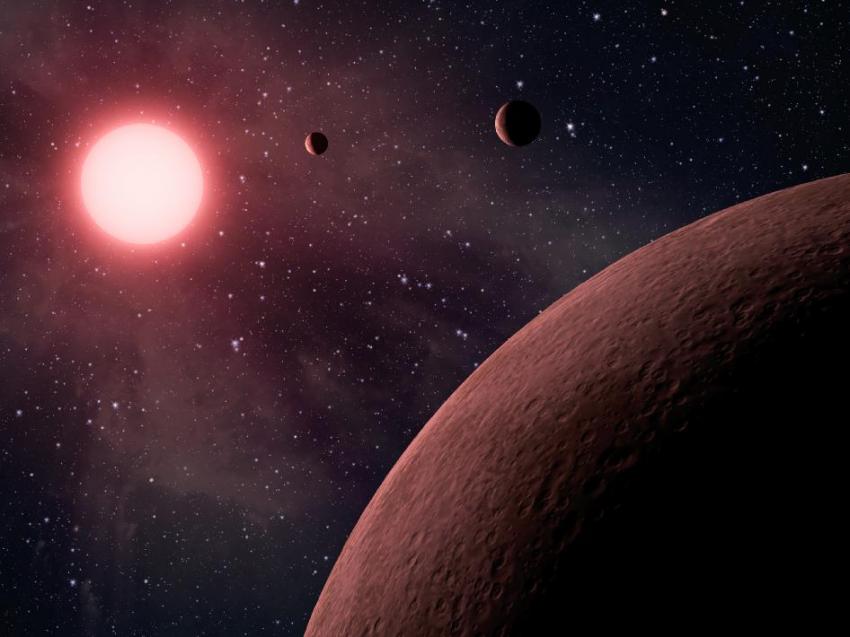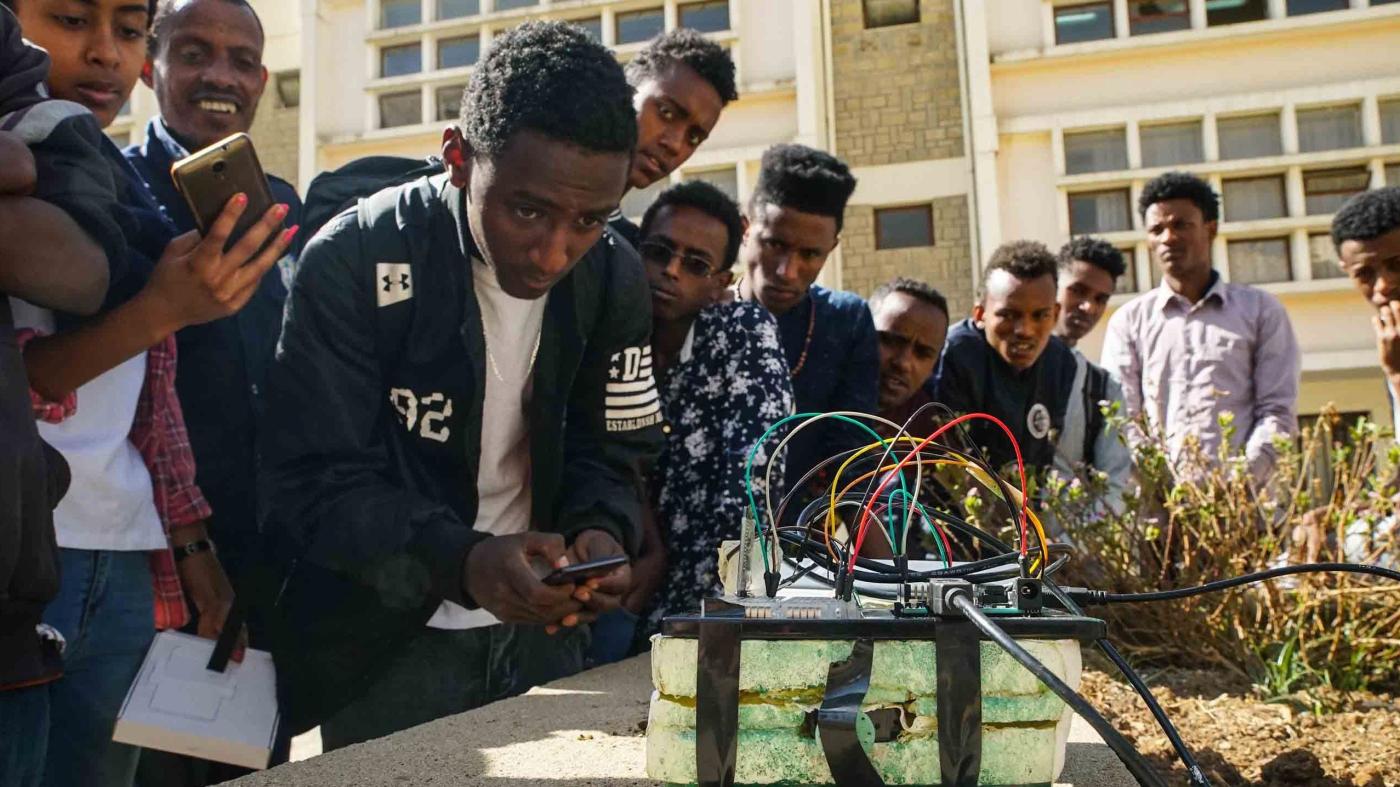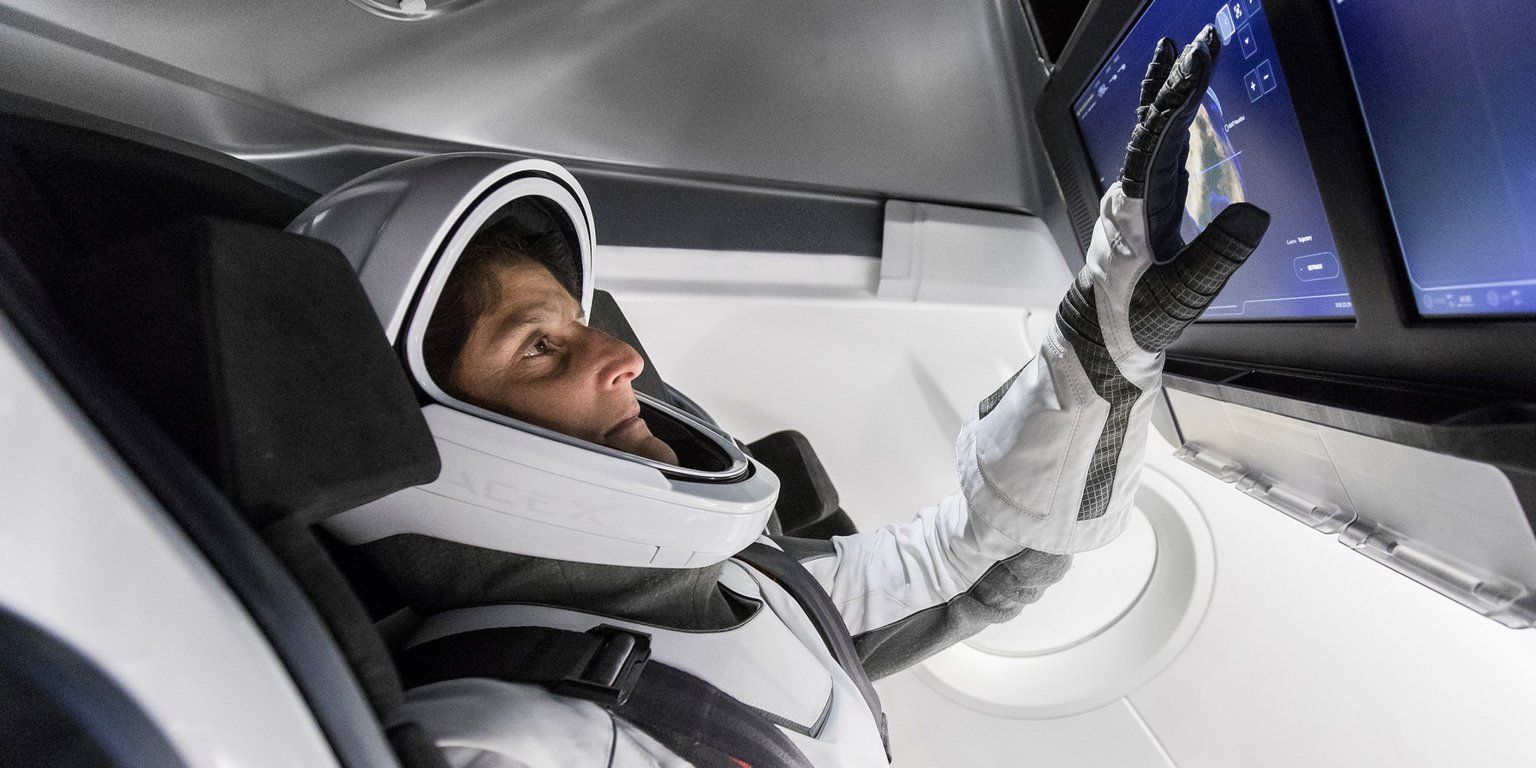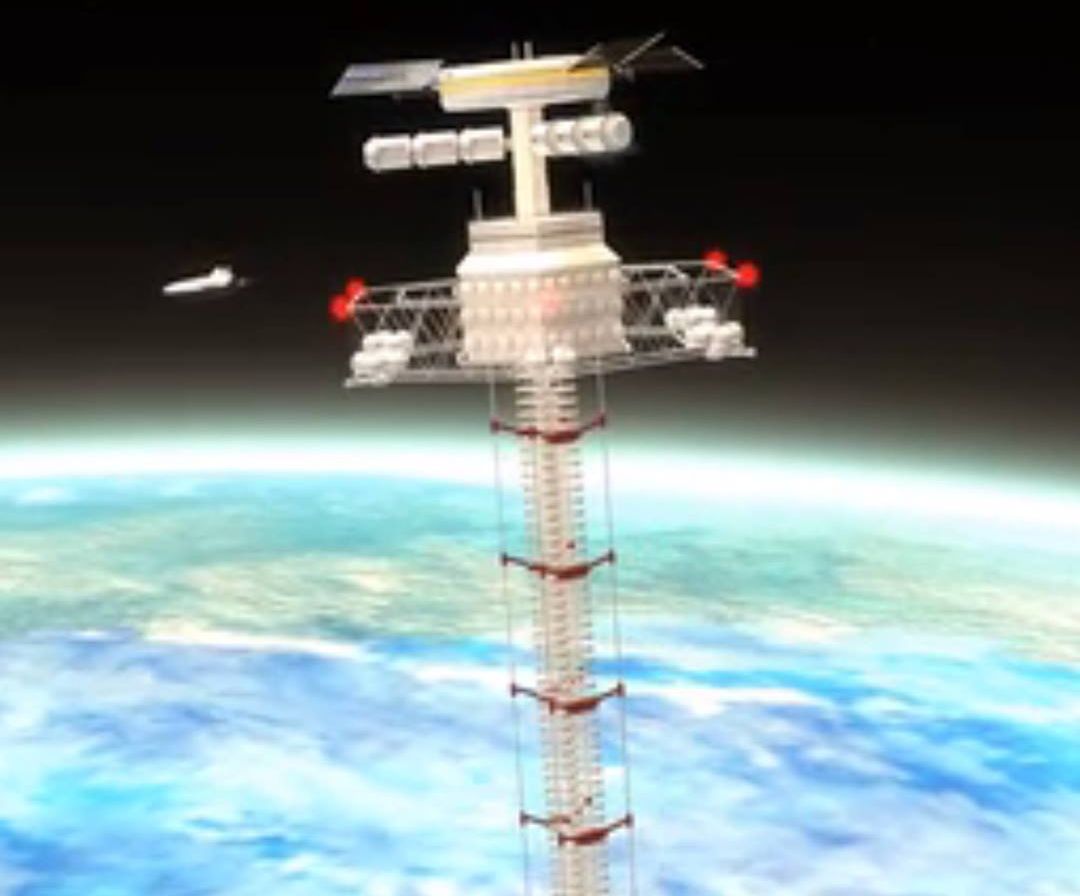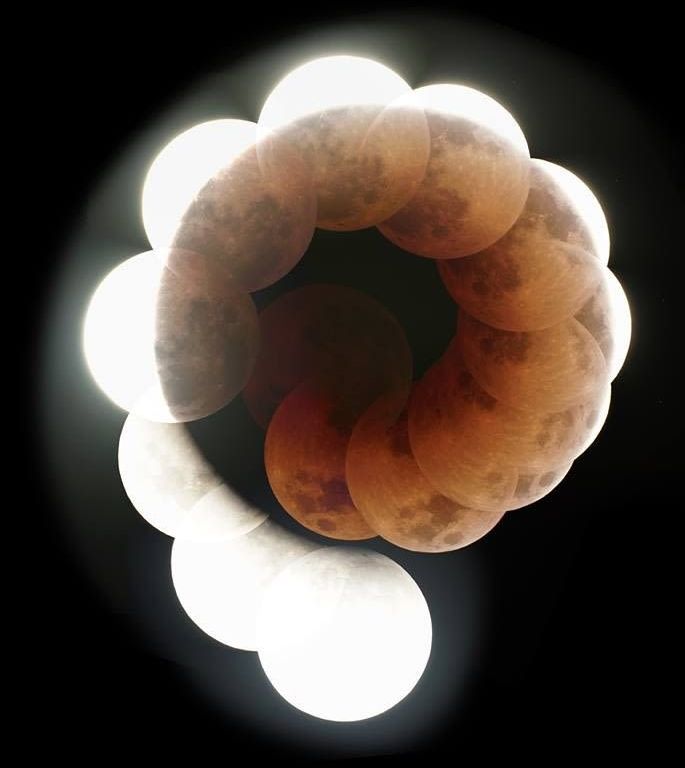
The 21st century’s longest lunar eclipse has passed, eclipse doomsday fever has subsided, and all that’s left are the memories and pictures, which you can find everywhere online. But one image really stood out to us—not because of the way the Moon looked, but because of how it made the Earth look.
Australian amateur astronomer Tom Harradine had always wanted to create an image of the Earth’s umbra, the darkest inner region of the shadow. But during an eclipse, the Moon doesn’t pass through the whole of the Earth’s shadow. He needed a trick in order to show the whole thing.
“One way, I thought, to get the full circle of the umbra from a single eclipse event is to artificially locate and rotate successive eclipse images so as the shadow boundary forms a circle,” he said. “The trick is to keep the curvature of the shadow matching up as precisely as possible. Which images to choose is up to artistic license and I chose a spiral effect, not only to show the umbra but to also show the progression of the eclipse as time went on.”
Continue reading “Here’s What Earth’s Shadow Actually Looks Like” »
